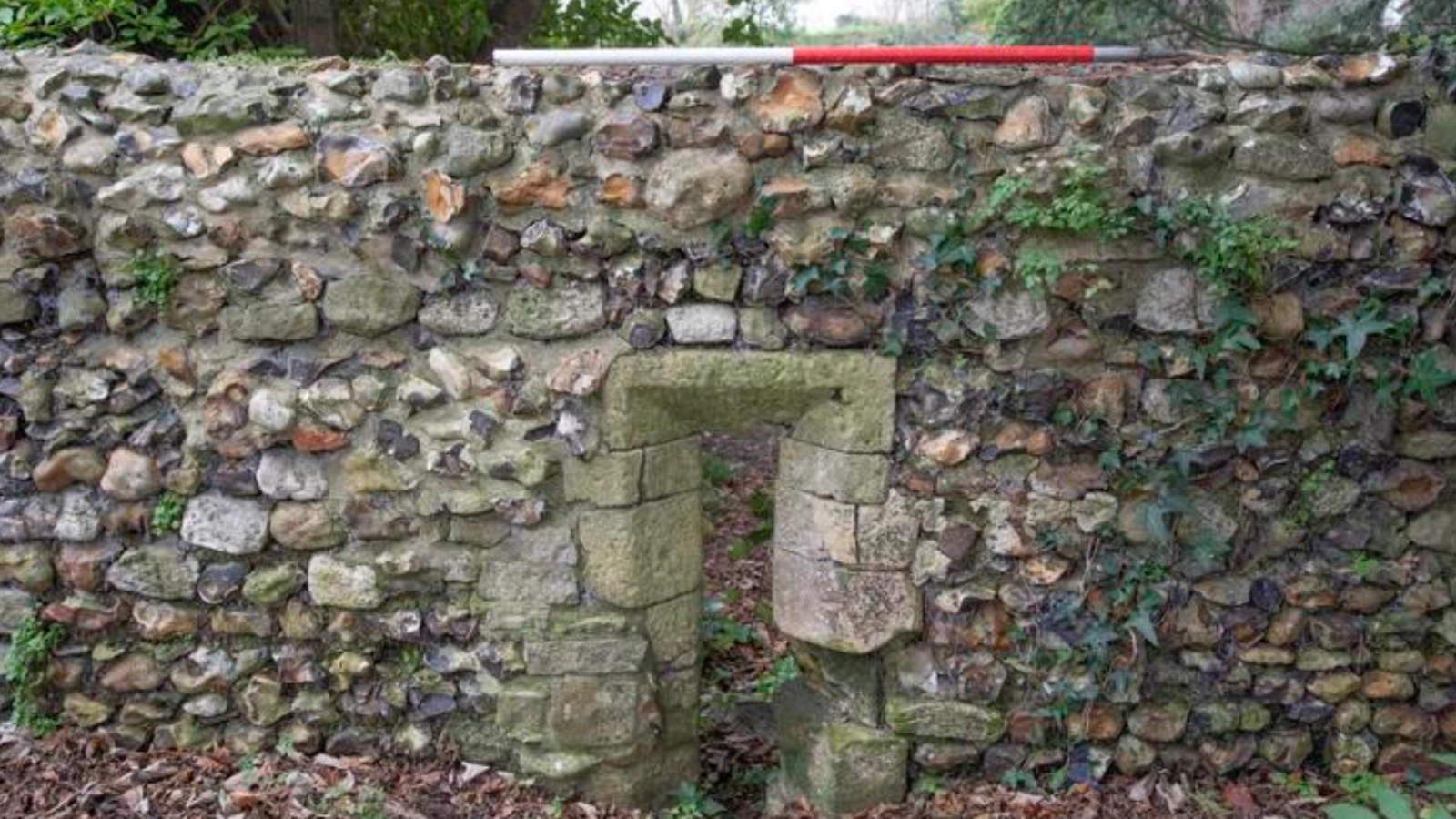The long-lost home of the final Anglo-Saxon King of England has been discovered by archaeologists, providing a glimpse into a royal past.#St. Paul, Minnesota, #News, #Lifestyle
Paul, Minnesota An amazing discovery in West Sussex has caused a stir in the archaeology community. The long-lost home of Harold Godwinson, the final Anglo-Saxon King of England, has been discovered by experts. Tucked away in the village of Bosham in the United Kingdom, this discovery could reveal details about the last days of the Anglo-Saxon monarchy before to the notorious Norman Conquest in 1066. This discovery promises to unveil new facets of England’s early medieval past because it is closely linked to the historical circumstances that resulted in Harold’s untimely death at the Battle of Hastings.
The Bayeux Tapestry Connection
The enormous and famous tapestry known as the Bayeux Tapestry, which documents the dramatic events leading up to the Norman Conquest, had two depictions of Harold’s home.
The roughly 230-foot-long tapestry depicts Harold and William of Normandy’s battles, which culminated in Harold’s death at the Battle of Hastings. In one scene, Harold rides to Bosham for a feast before setting sail for France; in another, he returns following the catastrophic war.
Harold’s home at Bosham was shown in the tapestry, but until today its precise location had never been established.
The location has now been determined to be Harold’s power center by recent archaeological surveys conducted by a team from Newcastle University and the University of Exeter. They have discovered evidence that indicates this is, in fact, the residence of the Anglo-Saxon king by reexamining excavations from 2006 and carrying out fresh assessments.
Uncovering Elite Medieval Structures
Two previously unknown medieval structures have been identified at the location by the archeological team. One was found in the garden, while the other was added to the existing house that stands on the site.
These buildings support the idea that Harold’s home was a major hub of power rather than merely a humble place to live.
The study’s principal author, Duncan Wright, a senior lecturer in medieval archaeology at Newcastle University, emphasized the significance of prior excavations.
We were certain that this home is located on the remains of an aristocratic residence that existed before the Norman Conquest when we discovered that the 2006 excavations had actually discovered an Anglo-Saxon en suite, Wright added.
Given this crucial hint and all of the other evidence we have, it seems obvious that this is the location of Harold Godwinson’s private power center, the one that is notably shown on the Bayeux Tapestry.
A Landmark Discovery
As may be seen in the tapestry, the hall where Harold had his feast was a part of a bigger complex that also featured a church that is still surviving today.
Because it offers a unique look into the life of an Anglo-Saxon aristocrat—an aristocratic class that was virtually exterminated following the Norman Conquest—this discovery is noteworthy.
The study’s co-investigator, Professor Oliver Creighton of the University of Exeter, highlighted the Bosham find’s historical significance.
According to Creighton, the discovery at Bosham is extremely significant since the English nobility, which left few tangible remnants, was replaced by a new governing elite during the Norman Conquest.
An Anglo-Saxon show-home has been located.
This amazing discovery provides important evidence for comprehending the last days of Harold’s reign and the eventual change of England under Norman power, in addition to providing a unique window into the Anglo-Saxon aristocracy.
Associated Subjects: History, Lifestyle, and the United Kingdom
We appreciate your input!Was this article thought-provoking, inspirational, or educational to you? Join the conversation by leaving a comment below. We value your feedback and eagerly await your response!




